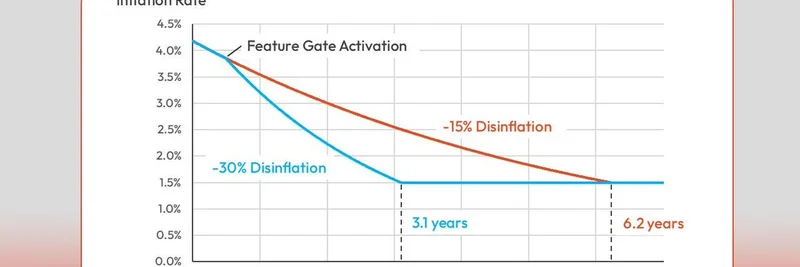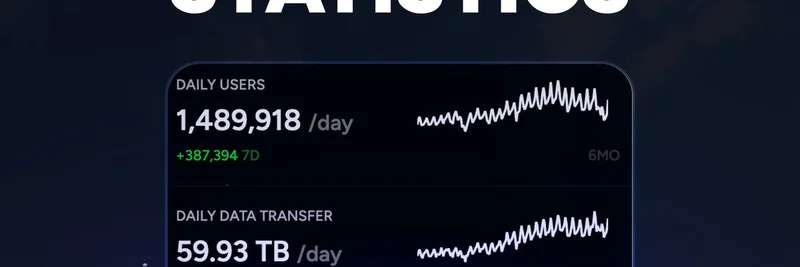If you're plugged into the Solana ecosystem, you've probably caught wind of the buzz around a new inflation reduction proposal. Shared by Mert Mumtaz, CEO of Helius, on X, this move could shake things up for DeFi users and meme token enthusiasts alike. Let's break it down in plain English and see what it means for your favorite Solana-based projects.
What's the Proposal All About?
The proposal, dubbed SIMD-0411, is straightforward: it doubles Solana's disinflation rate from -15% to -30%. Disinflation here means the rate at which inflation decreases over time. Currently, Solana's inflation sits around 4.7%, dropping gradually each year until it hits a stable 1.5%. With this change, that journey to 1.5% would happen twice as fast— in about 3.1 years instead of 6.2.
No fancy new mechanics or big cuts to rewards; it's just tweaking one parameter after recent upgrades like Alpenglow and vote cost reductions. The goal? Plug the "leaky bucket" where excess SOL emissions get lost to taxes, fees, and selling pressure, keeping more value in the ecosystem.
As you can see in the chart above, shared in the discussion, the accelerated curve (in blue) gets us to lower inflation quicker, potentially stabilizing the token's supply dynamics.
DeFi Ignas Weighs In: Short-Term Pain for Long-Term Gain?
DeFi researcher Ignas (@DefiIgnas) chimed in with a candid take. He's earning a solid 27% APY on his jupSOL through LST (liquid staking token) looping on platforms like Jupiter's Fluid. Looping involves borrowing against staked assets to amplify yields, which drives up borrowing demand for stablecoins paired with SOL.
Ignas worries that lower inflation could trim these APYs in the short term, potentially shrinking total value locked (TVL) in Solana DeFi. If yields drop, he might unwind positions or even rethink holding SOL. But he concedes it's the right call long-term, as it could bolster SOL's price chart by making the token scarcer.
Mert quickly reassured that the immediate impact would be negligible—it's more about hastening future reductions. Community replies echoed this mix: some see it as essential for network health, others fret about yields but agree on the bigger picture.
How Does This Affect Meme Tokens on Solana?
Solana has become the go-to chain for meme tokens, hosting hits like BONK, dogwifhat (WIF), and Popcat. These fun, community-driven assets thrive on hype, liquidity, and the overall health of the SOL ecosystem.
Lower inflation could be a net positive here. By reducing new SOL minted annually—saving about 22.3 million SOL over six years, worth billions at current prices—it eases supply pressure. A stronger SOL price means more capital flowing into the network, which often spills over into meme token trading and launches.
On the flip side, if DeFi yields dip short-term, it might cool some leveraged plays that indirectly support meme liquidity. But with Solana's low fees and fast transactions, the meme scene is resilient. Think about it: a more sustainable token model could attract institutional money, pumping up volumes on DEXes like Raydium or Jupiter, where memes dominate.
Projects like Pump.fun, which make launching memes a breeze, could see even more activity if SOL's value proposition strengthens. Overall, this proposal aligns with Solana's push for efficiency, potentially making it an even hotter spot for meme innovation.
Wrapping Up: Watch the Vote
This proposal is gaining traction, with supporters praising its simplicity and focus on long-term sustainability. If it passes, expect subtle shifts in staking yields (from around 6.4% to 5% in year one, per models) and a leaner emission schedule.
For meme token holders and DeFi degens, it's a reminder that blockchain economics evolve. Keep an eye on Solana's governance forums and X discussions for updates. In the end, moves like this could solidify Solana's edge in the crypto world, benefiting everyone from casual traders to hardcore builders.



